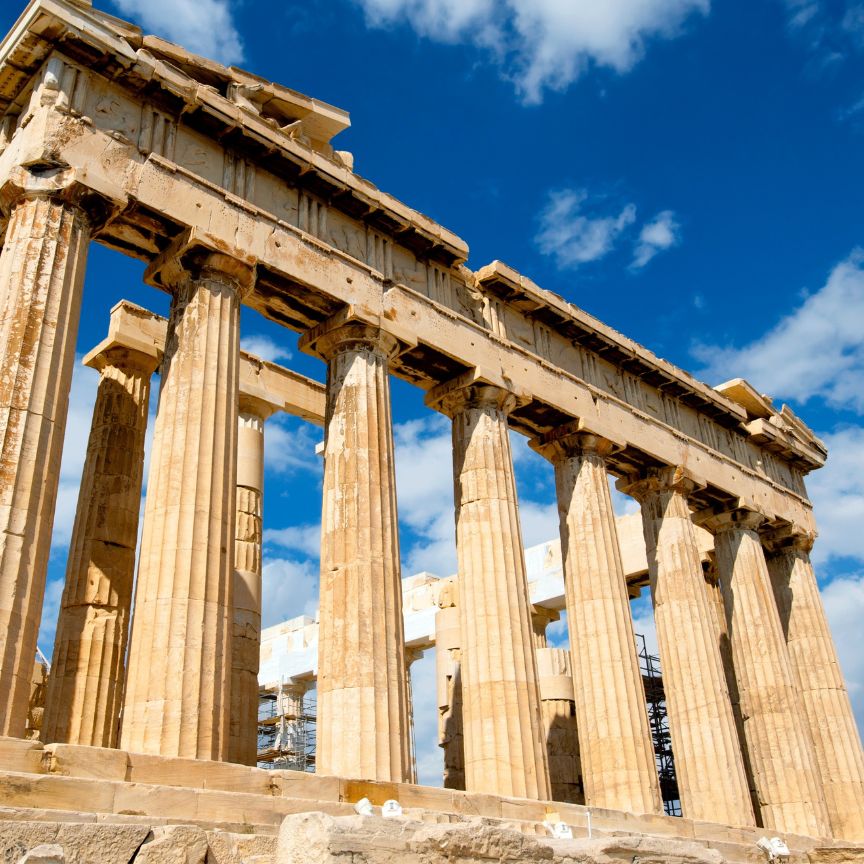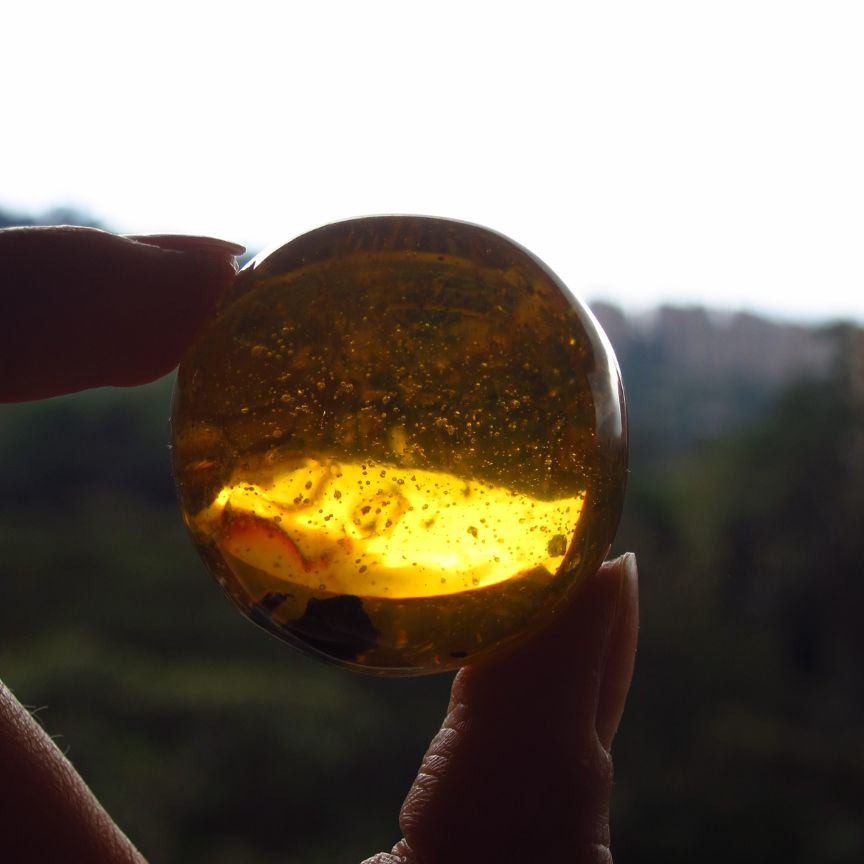What is electricity?
Most people use it every day, but have you ever stopped to think about what electricity is and where it comes from?
Electricity is made with tiny particles called electrons, which move from one place to another. Lightning, for example, is a natural form of electricity in the atmosphere, formed between clouds, the air, or the ground.
As we transition to a greener future, more and more things like electric vehicles will be fuelled by electricity, rather than petrol fuels.

Who discovered electricity?


HOW ELECTRICITY GOT ITS NAME
Benjamin Franklin and Michael Faraday
In the 1740s, Benjamin Franklin started working with electricity; performing many experiments to understand more about it. He believed that lightning was a fluid like water. To test his theory, he tied a metal key to a kite and flew the kite during a thunderstorm. When the key became charged with electricity, he had proof that lightning flowed like water. Don’t try this at home!
Benjamin Franklin invented the lightning rod, and many of the words and terms he developed are still used to describe electricity today; charge, discharge, conductor, electrician, and electric shock.
In 1821, English scientist Michael Faraday discovered how to make an electrical current. He found when a magnet spins inside a coil of copper wire, tiny electrical currents flow through the wire, creating an electrical charge. This discovery formed the principles of how electricity is made today.
How is electricity measured?
Volts measure the "pressure" under which electricity flows.
Amps measure the flow or amount of electrons that go past a particular point each second.
Watts measure the rate of energy transfer, specifically the rate at which electrical work is done by an amount of current or flow rate when one amp of current flows through one volt.
To understand how they’re related, an easy way to think about it is with this analogy of water in a pipe:
- The water in the pipe has a pressure (voltage) and a flow rate (current).
- Turning on the tap is like turning on a switch - it lets the electrical pressure push electrons through an appliance - just like water being pushed through a pipe (amps).
- Like a tap, you can use lots of water that comes out very quickly (e.g. to wash a muddy car), or you can use less water that comes out more slowly (e.g. to fill a glass.) (Watts).

